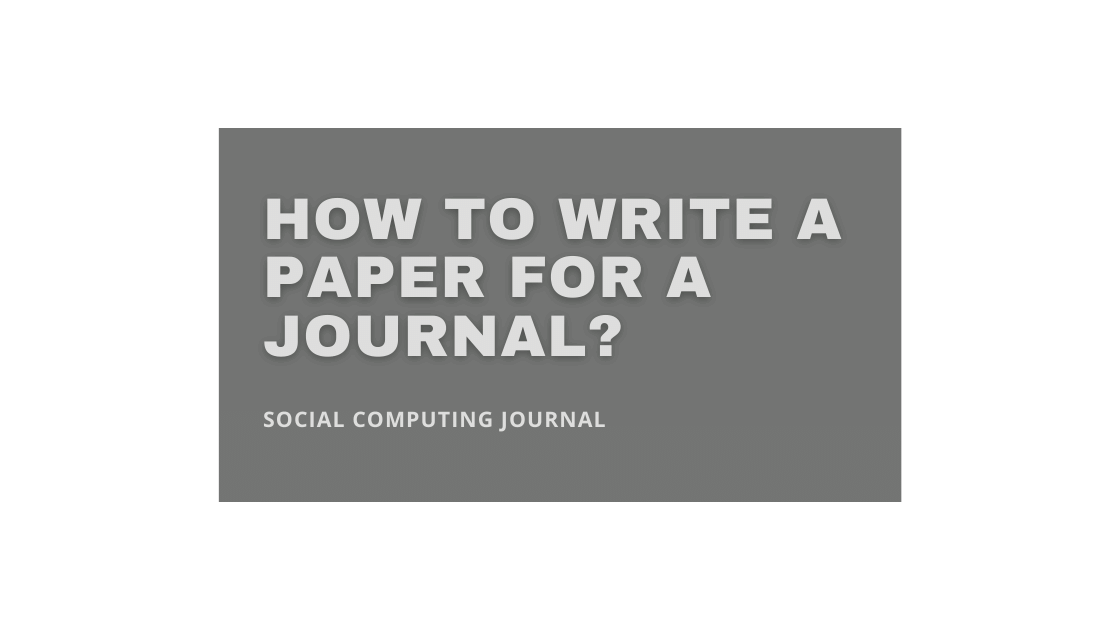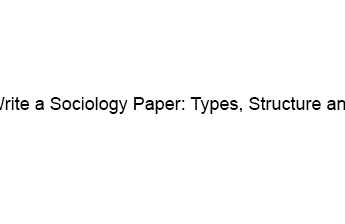Manuscripts are often structured in a defined way, but there is always a space where you can go “out of the box.” Creativity works as the essential factor for writing a paper, but you need to know what you are writing about. Think about the message you want to deliver to your readers. It should be very clear, so you don’t have problems with expressing yourself later. Similarly, if multiple authors are contributing to one paper, then delivering a clear message becomes rather complex. While writing a paper, it is always a good practice to choose a target journal. It helps to understand all the requirements better, contributes to quality, and increases the chances of acceptance. There are minor details that can’t be ignored, such as word count, margins, spacing, and sometimes even the font. Non-compliance with these requirements might lead you to rejection.
Practice makes perfect, and that can be quoted for writing manuscripts as well. The more you write, the more experienced you get. There is always a helpline. People who have published or reviewed a paper can be the go-to person for suggestions. Since critique and proofreading lead to success, getting help would let you achieve much more. Correspondingly, these helplines can put a tick on accuracy and internal consistency.
Begin by categorizing those sections. On the standard note, there is an introduction which is followed by the Literature Review. It leads to a methodology that explains the structure of the paper. Furthermore, a paper has results and discussions, conclusions, and references. There is something that you should not forget about — engaging Title and Abstract. Before you start writing, make sure you have all the drafts and references. Smooth research will help you to avoid frustration. It gives a sense of accomplishment. Following is the pathway to smooth research:
Title
You can call this section the trickiest one. Do you know why? Because it builds up your audience. A title determines what kind of a reader will actually click on the article and read it. A compelling title always includes all essential words (describing the topic) in the perfect order. It makes sense of the article by sufficiently describing its purpose. Staying careful with the title should be a priority.
Abstract
While reviewing the literature, most of the readers consider Abstract as an essential part. The abstract takes all sections under its umbrella. It is a brief summary of the manuscript’s content. It confines the highlights of the introduction, methodology, results, and conclusion. As a standard practice, an abstract is based on one or two paragraphs. It is critical to keep compliance with text flows. Avoiding disjointed sentences is necessary. The use of simple words and sentences is recommended in the Abstract.
Keyword
The commonly known and used words are usually known as Keywords. They help readers make sure that your article is relevant to what they are looking for. Vastly, three or four keywords are required by most of the journals. Those keywords represent the primary concept of the paper. Thus, the selection of appropriate keywords is a must.
Introduction
Introductions must be known as interest stimulators. The purpose of the introduction is to provide a background and offer relevant information. The basics of papers are accommodated in the introduction. What’s important here is the research question in it. It provides a basis for research. The addition of references in the introduction part is necessary as it requires more validity. References are taken out of Books, Master’s and Ph.D.’s theses, and concerning conference proceedings can satisfy its needs. Citing perusal communications and unpublished reports is a deal-breaker for the authenticity of a paper. The quality of references is considered all through the paper.
Methodology
This section of the paper determines the structure. A research paper is conducted through three primary methods, i.e., Qualitative, Quantitative, and Mixed. Similarly, the primary concern of methodology is to offer enough information to verify the findings. This section is supposed to be presented in past verb tense, with appropriate subheadings. Correspondingly, the sampling method, sample size, inclusion/exclusion criteria, and various variables are incorporated. There is a critical part of ethical consideration which requires relevant ethics committee approval and informed consent.
Results
The outcomes of the findings are discussed in this section. It is supposed to represent two functions, i.e., results and evidence. The results are represented in the form of procedures, while the evidence is displayed with the help of text, tables, or figures. There is often confusion in differentiating results and data. Data stands alone with its significance of displaying facts in the raw form. Results are the interpretation of that data. That interpretation is further elaborated in the discussion. Here, all the raw facts are discussed. The important thing to focus on is, no discussion of the finding or methods of data analyses should be added in this part. In-text citations and references are also not required.
Conclusion
As its name proposes, it represents what is concluded from findings. The major findings and implications of a paper are incorporated. Above all, this paper does not require any new information.
Acknowledgments
The contributors of the researchers are supposed to be acknowledged at the end of the papers. This section gives credit to people who provided statistical or technical advice or assistance. If a paper is supported by a grant, then the funding body is also credited.
References
The last part of the paper comprises the other sources’ citations. A paper concludes with references and in-text citations. The criteria of references should be met as these are supposed to be well-balanced, latest, and relevant. Adding references of the last ten years is considered a good practice. The thing to consider is, the studies you are about to cite should be strongly relevant to the research question.
In Search of Paper Writing Help?
Now you must be thinking, where can you get the best paper writing solutions? Don’t worry, Writemypaperhub.com has got your back. All you need is to pay someone to write your papers for you. Your paper will be in the right hands if you aspire to publish it in a well-known journal. Share your instructions and additional recommendations with essay experts what you want, and we get it done in the best way—no need to get worried about deadlines or rejection. Your paper will be written by proven professionals!


